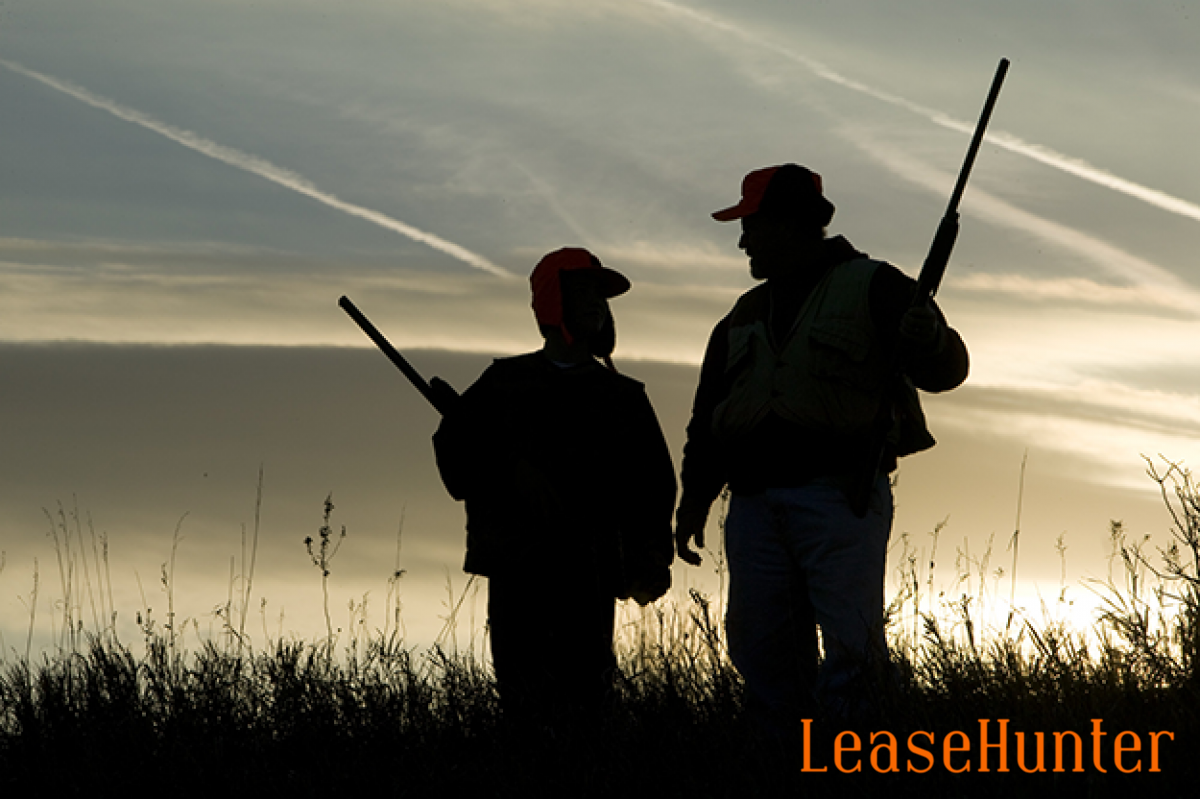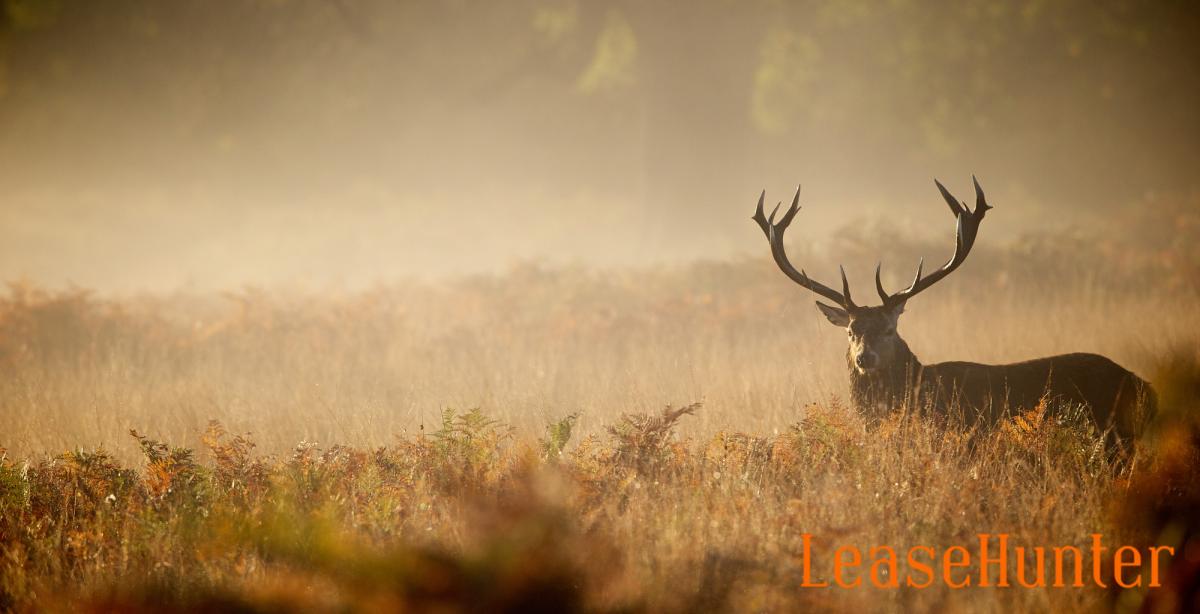You're going on a hunting excursion out in the woods. This is your first hunt, but you researched various hunting skills. You want to become a big deer hunter one day.
On your first day, you found a deer, but you scared it away. While camping, you cooked steak and onions for dinner.
You're concerned that your dinner may give away your presence and attract the wrong kind of animal. You want to be a serious hunter, but you don't know why you haven't landed a successful kill.
What are you doing wrong?
To hunt like a mature hunter, you must hunt downwind to mask your scent. Moreover, strong odors such as meat or onions will linger in the air and give away your presence.
Serious hunting also requires the right clothing, proper scouting, and steadfast shooting practice. This article will show you the ins and outs of efficient deer hunting. Let's explore.
1. Start Early
Many novice hunters make the mistake of hunting deer that are in rut status. However, you end up entangled in the chaos instead of getting ahead of it.
Chasing a buck in rut may seem like a smart move, but you should start a few weeks before the peak breeding season. During this time, you'll find deer laying down and off-guard.
2. Not Practicing
Another mishap that hunters make is a lack of shooting practice during the season. A hunter may practice during pre-season and stop during the season.
As new hunters learn how to hunt, they forget to about bow or rifle practice. Bowhunters, in particular, must practice harder to maintain adequate form.
For bowhunters, you can enhance practice by:
- Shooting from elevated positions
- Shooting from multiple angles and distances
- Shotting at full draw before taking the shot
Rifle-hunting practice may call for:
- Taking freehand shots from multiple positions, such as sitting or kneeling
- Practicing from long and short distances
- Shooting on rests in the form of sticks or bipods
Regardless of the method, practice enhances your reflexes and accuracy. Additionally, practice confirms if you're using the right weapon and ammo.
3. Not Calling Enough
Surprisingly, many hunters fail to use grunt calls when necessary. Deer such as whitetails are looking for social interaction, allowing you to lure a deer to your location with a simple grunt call. If you have trouble finding deer, you may not be calling enough.
4. Stay Downwind
You may encounter products that claim to make you scent-free. But there is no such thing a being entirely free of your scent. Even though certain products can reduce your scent presence, deer can always detect trace amounts of your scent. Therefore, the best way to get out of their scent line is to remain downwind.
To do so, you must know where the deer are coming from. You can use a wind checker or natural methods, such as a milkweed pod.
If the wind goes in the wrong direction, move to another locale or go down. And, don't be afraid to call it a day if the wind keeps working against you.
5. Planning Enter/Exit Routes
Poor entrance and exit routes can expose your presence in the wild. As a result, deer will change their behavior patterns accordingly.
To plan a proper route, you must know the location of the deer when traversing to and from your route. Therefore, avoid walking upwind or through the area. Instead, you can take a longer route to avoid giving away your presence.
Even though longer routes may be time-consuming, you can increase your chance of bagging a deer in the woods.
6. Poor Scouting
Poor scouting entails a week or month of assessment before the season starts.Instead, you should be scouting all throughout the season.
And, the best scouting occurs weeks after the season ends. After the season ends, you can learn more about buck activity when you were hunting them.
For instance, you can determine their hiding spots and establish the best travel routes. You can also combine your hunting and scouting early in the fall by looking for the following clues:
- New creeks or crossings
- New rubs
- New scrapes
Moreover, look for any food sources that may attract game. Further, you can search for routes that lead to agricultural areas.
7. Overreliance on Equipment
Many newbie hunters rely heavily on technology to give them an advantage. However, there is no substitute for natural hunting acumen, which can only develop through practice and skill. If you rely on spray cans to mask your scent instead of using the wind to your advantage, you will most likely fail during the hunt.
With that, the latest products are not counterproductive entirely. Rather, you should use them in conjunction with natural hunting skills.
8. Inadequate Clothing
Choosing the wrong clothing can increase your scent presence and scare away deer. For instance, blue jeans are a natural draw in the woods. And, deer are sensitive to UV light and may see your blue jeans from long distances.
Cotton underwear is another inappropriate clothing choice because it won't evaporate your perspiration. Overall, the best forms of clothing to wear on the hunt include:
- Wool
- Quiet fleece
- Synthetic fabric
When choosing wool, choose camouflaged colors that will blend you into your surroundings.
9. Attracting Smells
After choosing the right clothing, avoid engaging in activities that will attract unwanted smells. For instance, smells can cling to your close if you change oil or use leaf blower.
And, certain foods can stick to your clothing, such as garlic or onions. The best foods to consume with your hunting clothing include:
- Nuts
- Raisins
- Peanut butter
- Fruit
- Jelly
If you drink coffee, drink it from a thermostat to conceal the odor.
10. Learn Deer Behavior
If you want to tag a deer, you must understand how it thinks and reacts. For instance, deer tend to rotate their ears to listen from the front and behind. When this happens, cease all movements before it detects your presence. Understanding how deer reacts will help you plan ahead and conceal your location.
How Can I Hunt Like a Mature Hunter Sooner Rather than Later?
Hunting like a mature hunter will require patience and practice. However, one of the best ways to get a deer in your sights sooner is to master the wind.
Further, avoid an over-reliance on the latest gear and equipment. Rather, focus your efforts studying the terrain to learn where the deer would normally flock.
And, establish proper entrance and exit trails to avoid detection. Most importantly, always practice with your bow or rifle to land the perfect shot.
Interested in learning more about deer hunting locations? Click here to about specific hunting areas in Texas.


